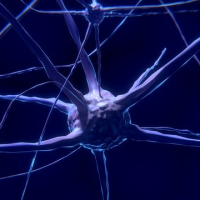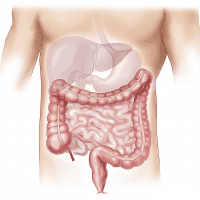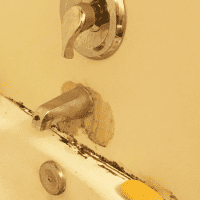- Mold Toxicity, Biotoxin Illness & CIRS
- CIRS Symptoms with Lyme and Mold Illness

CIRS Symptoms with Lyme and Mold Illness
Articles
- CIRS - Chronic Inflammatory Response Syndrome
- Lyme Disease
- Mold Toxicity
- Sick Building Syndrome
- Toxins
CIRS Symptoms with Lyme and Mold Illness
Understanding CIRS Symptoms
Chronic Inflammatory Response Syndrome (CIRS), also known as biotoxin illness or mold illness, is a complex, multi-system illness caused by exposure to mold and mycotoxins. The innate immune system becomes activated, leading to widespread inflammation and a myriad of symptoms. Proper diagnosis can be difficult, but getting to the root cause is key for recovery.
What is CIRS?
CIRS is an inflammatory response syndrome brought on by exposure to the toxins produced by certain molds, or mycotoxins. This leads to both acute and chronic symptoms that impact multiple body systems. It is sometimes referred to as mold illness or biotoxin illness. Exposure often occurs in water-damaged buildings with hidden mold growth. Volatile organic compounds and mold spores become airborne and can be inhaled. Those who are genetically susceptible tend to develop CIRS.
Common Symptoms of CIRS
The symptoms of CIRS are generally negative and have a significant impact on quality of life. Here are some of the most common symptoms: There is significant symptom overlap between CIRS, mold toxicity and Lyme disease, including:
- Fatigue, weakness
- Cognitive impairment, impaired memory, decreased assimilation of knowledge
- Disorientation, brain fog, difficulty concentrating
- Metallic taste in mouth
- Static shocks, skin sensitivity
- Muscle cramps, joint/muscle pain, morning stiffness
- Headaches, migraines, light sensitivity
- Sleep disturbances, night sweats
- Difficulty regulating body temperature
- Food intolerances, intestinal issues like gas and bloating
- Sinus congestion, allergies
- Appetite swings, unexplained weight loss/gain
- Hormonal imbalances
- Excessive thirst, increased urinary frequency
The constellation of these seemingly unconnected symptoms often lead to misdiagnoses of other illnesses like chronic fatigue syndrome, fibromyalgia, multiple sclerosis, or psychiatric disorders. However, the root cause may be exposure to biotoxins.
The Inflammatory Response
At the core of CIRS is an activated innate immune system and inflammatory response. Exposure to mold and mycotoxins triggers white blood cells, causing release of inflammatory cytokines. This leads to widespread inflammation and a downstream cascade of symptoms. It is thought that genetic susceptibility plays a role as well. Certain HLA types regulating immune function may increase risk. Lab tests like the HLA-DR gene assay can help confirm genetic predisposition.
Diagnosis of CIRS
Diagnosis involves a combination of clinical evaluation and specialized lab tests. There is no one conclusive test, so comprehensive testing looking at the overall picture is important. Common parameters evaluated include:
- History of exposure to water-damaged buildings
- Symptom survey and review of systems
- Physical exam focusing on inflammatory markers
- Labs: Complete blood count, metabolic panel, inflammatory markers like C4a, TGF-beta 1, VEGF, MSH
- HLA typing
- Urine mycotoxin testing
- Neuropsychiatric and neuropsychological testing
While still an emerging diagnosis, increased awareness and improved testing help identify CIRS. However, patients must be their own advocates and find practitioners or doctors who specialize in CIRS. Treatments involve reducing biotoxin exposure, binding toxins, anti-inflammatory therapies, and repair of downstream effects. Stopping exposure and addressing all factors leading to inflammation like Lyme Disease and mold toxicity are key to recovery.
-
{{#owner}}
-
{{#url}}
{{#avatarSrc}}
{{name}} {{/url}} {{^url}} {{#avatar}} {{& avatar}} {{/avatar}} {{name}} {{/url}} - {{/owner}} {{#created}}
- {{created}} {{/created}}


















